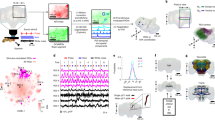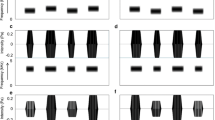Abstract
This study investigated whether dolphins would show evidence of equivalence class formation between auditory stimuli. Bottlenose dolphins were trained to press one or other of two response levers depending on which one of four auditory stimuli had been previously presented. Once they had learned the initial discriminations, the stimulus-lever contingencies was repeatedly reversed. Within any given session, however, pressing of one lever always led to reward with one set of two tones and pressing the other lever led to non-reward with an alternative set of two tones. After sufficient experience with this response reversal procedure, the dolphins spontaneously chose the same levers they had first learned to be correct with one of the across-set stimulus pairs when later in the session they were presented with the other of the across-set stimulus pairs. They thus demonstrated that they had associated the tones belonging to the two sets within two separate functional classes. It is discussed why the dolphins succeeded with auditory stimuli when they had previously failed in a similar task with visual stimuli.
Similar content being viewed by others
Author information
Authors and Affiliations
Additional information
Received: 7 December 1999 / Accepted after revision: 23 June 2000
Rights and permissions
About this article
Cite this article
von Fersen, L., Delius, J. Acquired equivalences between auditory stimuli in dolphins (Tursiops truncatus) . Anim Cogn 3, 79–83 (2000). https://doi.org/10.1007/s100710000063
Issue Date:
DOI: https://doi.org/10.1007/s100710000063




